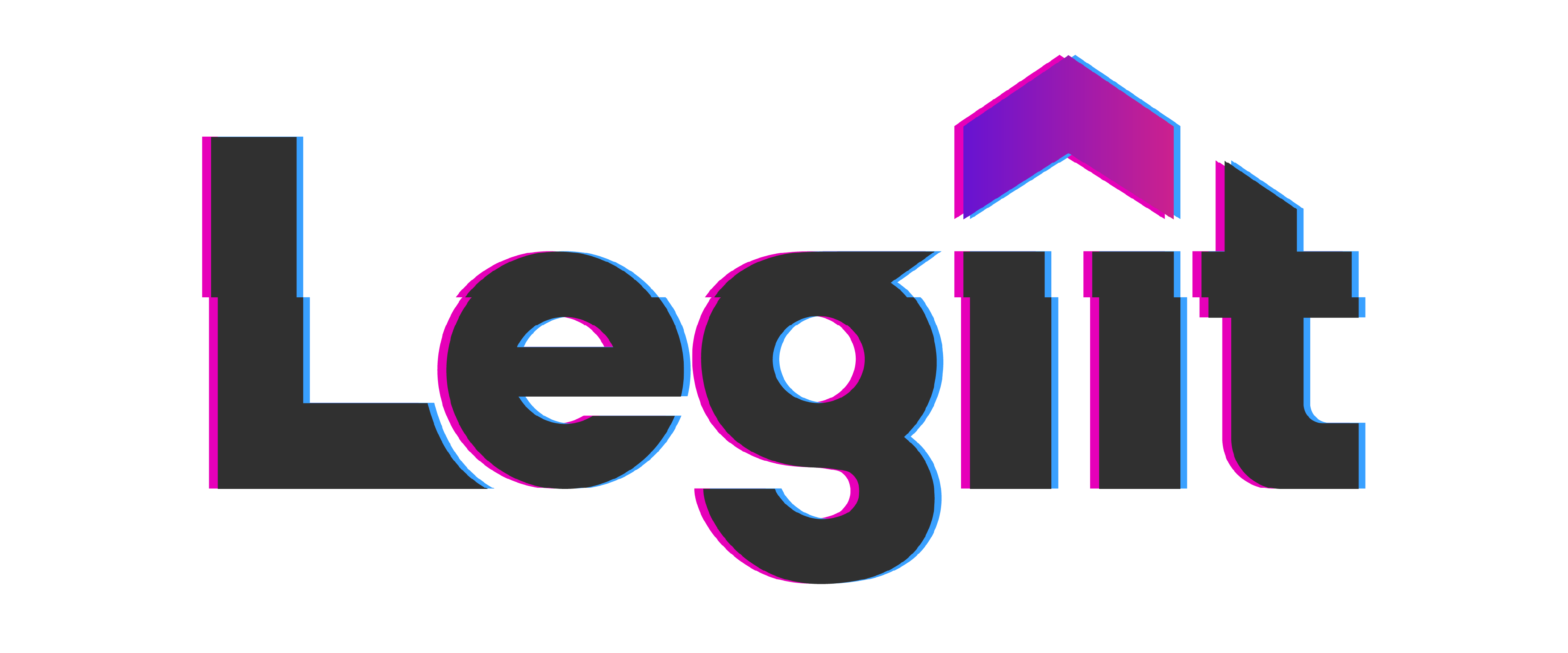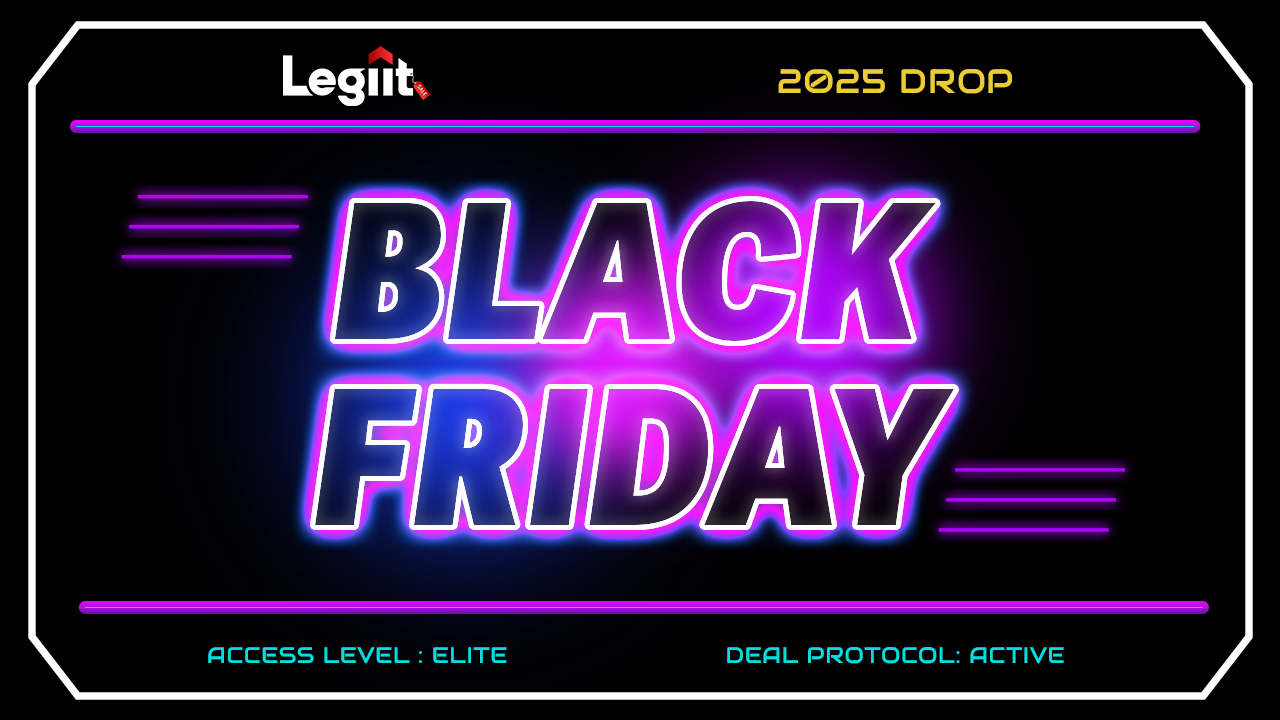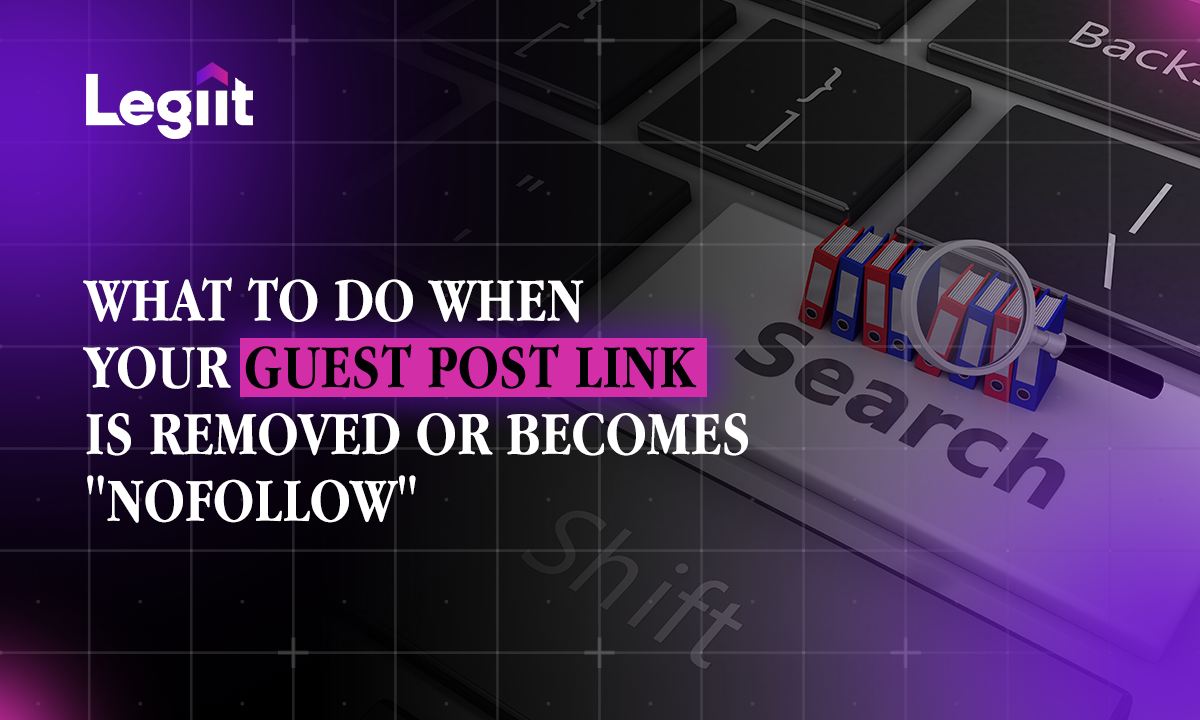Link building is arguably the most critical ranking factor that will propel your website to the top of search engine rankings.
However, not all links you acquire will help you appear on search engines. Some can get your website in hot water with Google, causing it to drop all its ranking keywords and plummet your organic traffic.
This is why you need to learn how to generate sustainable, high-quality backlinks for your site, something that white link building can help you achieve.
This post teaches how to build inbound links compliant with Google guidelines. This way, you can boost your search engine optimization (SEO) efforts and help you improve your keyword rankings without the fear of getting penalized by the search engine.
Let's begin!
White-Hat Link Building: What Is It and Why Does It Matter?
White hat link building is the acquisition of backlinks from authoritative websites in line with how Google wants site owners to generate them.
The search engine has published a page about Spam Policies detailing tactics you must avoid to rank your site on Google without fearing algorithm penalty.

Google constantly updates its algorithm to try and improve the search results and provide more value to users. So, when it finds your website engaging in link spam, also known as black hat link building, expect your site to fall out the face of Google search.
Recovering your site after an algorithm penalty is a tall order, so it's best not to engage in link schemes (private blog networks, link farms, etc.). Even if it produces immediate results for your site, these are low-quality links that you want to avoid because of the repercussions having them will have on your site.
However, there are cases when outsourcing your PBN strategy works if done correctly.
That said, white hat SEO link building is a slow and steady process of ranking your website on top of search engine results pages (SERPs) for your target keywords.
The reason is that getting the links published on reputable sites is a painstaking process. It could take days, weeks, or even months before the sites put your link up live (including following up on them about it).
Nonetheless, using the top link building strategies on your website allows Google to keep your high rankings for your keywords, allowing you to generate organic website traffic for a long time.
How do you make white hat backlinks?
Based on its Spam Policies page, creating high-quality content that naturally attracts backlinks aligns with what Google considers white hat link building.
The reason is that this process doesn't require site owners to pay for an inbound link to your site on theirs. Also, you are not "manipulate rankings in Google Search." Assuming that you're not reaching out to link prospects, the publishers found your relevant content and deemed it valuable enough to link to it.
The best way to approach this is to create content other websites want to link to. Use Semrush, one of the best SEO tools for this task, to view competitors' top pages with the most referring domains.

Then, create a much better version of the content. Identify gaps and opportunities you can improve to help your content stand out from an SEO perspective.
Finally, identify the best keywords to optimize the content and write it using tools like Frase or Surfer SEO. Normally, you can see the main keyword can be found in the page's URL. For example, if the slug is "domain.com/white-hat-link-building-strategies," the keyword is likely "white hat link building strategies."
The example below using Frase shows words and phrases you must include in the text to increase its Topic Score and chances to appear on top of organic search.

Repeat the process above for all your competitors, and you should be able to publish link-bait content that other websites would want to link out to, ethically and within Google guidelines.
5 Proven White Hat Link Building Techniques in 2024
Despite creating great link-worthy content on your site, there's little to no chance it'll generate links anytime soon unless it magically ranks on top of SERPs for your keyword.
Simply put, search engines don't know your content exists. This reason alone requires you to identify white hat link building techniques that best fit your business. Implementing multiple tactics allows you to spread out your campaign of delivering value to your prospects so you can get a link back from their sites.
Also, remember that SEO tactics constantly change. The best SEO practices 2021 aren't the same as those that work nowadays. And there's a good chance the best practices may change in years to come.
That said, below are white hat strategies in link building that work now and will work in the foreseeable future:
#1 - HARO

HARO stands for Help A Reporter Out. The aim is to provide reporters and journalists with valuable answers to their questions. If your answer is chosen, they will feature your quote in their writing piece with a link to your site.
This is one of the most popular white link building tactics because it gives people equal chances of earning a link from a reputable website without shelling out cash.
This same reason makes successfully getting a link from the platform difficult. You're vying to be featured in an article with limited slots for quotes like yours. On top of that, the reporter needs to choose the best answer from hundreds and thousands of submissions.
One way to increase your chances of getting your answer chosen is to be the first or at least one of the first to submit a comprehensive answer to reporters' questions that follows their guidelines.
HARO sends emails containing queries you can answer at 5:35 a.m., 12:35 p.m., and 5:35 p.m. Eastern time. You must check your inbox for the emails and choose questions you can answer, where you can also include your links. Feel free to use ChatGPT to brainstorm answer ideas, but edit them before sending the valuable content to each.
This link building tactic can get tiresome since you must watch out for the emails at the times identified above. Plus, not all emails have queries you can answer because they're unrelated to the site you want to build your backlink profile.
To make your life easier, hire Legiit freelancers offering HARO links. They'll do the above process and ensure you get the white hat backlinks your site deserves.
#2 - Digital PR

Digital PR is akin to HARO link building because you provide valuable content to journalists and reporters they can use in their writeups. However, this white hat link building technique requires you to produce the content first and then pitch it to journalists.
To do this, you must be on top of industry trends and news relevant to your website. And since reporters gravitate towards topics that haven't been covered before, you want to create something they can attribute to when writing about the topic.
But first, you must identify journalists relevant to your space. A quick search on Muck Rack gives you a list of people who write pieces about topics and industries your website is in.

From here, you can begin researching for topics to write about. Use Google Trends to find topics on the rise, then research for gaps about them that news outlets haven't talked about yet. The type of content you must create includes surveys, studies, and in-depth analyses.
By creating these, you make the job of journalists much easier, which gives them more reason to link to your content.
To help you execute a campaign for this technique, contact any of our digital PR specialists at Legiit. They can get a link to your site published by journalists at authoritative sites like Forbes, Business News, etc.
#3 - Guest Posting

Link building is impossible without an outreach strategy. While email outreach paves the way for link spam, i.e., site owners asking for payment to publish a link, it's not always the cause. When executed correctly, you can get people to accept your link proposal without paying them to post relevant links to your site.
One way to do that is by sending guest posts to their sites. This tactic isn't as effective as before, now that creating content is much easier thanks to ChatGPT and others. However, reputable writers with many articles published on websites can get their guest post proposals accepted by site owners looking for great content from industry experts and authorities.
The key to landing a blog post opportunity for a website is your outreach email. Each link building tactic requires a specific email template.
For guest posting, you must immediately provide the site with topic ideas for blog posts the owner can choose from. To increase your approval rate, research for keywords the site isn't ranking for and propose an article title for it. You can run a Keyword Gap on Semrush by comparing the prospect site with its competitors.

Also, include links to your published guest posts as part of your signature to show site owners you have experience doing this before.
However, some sites would require you to pay to publish your guest posts. Since this is against Google guidelines, don't give by paying for the guest post. Moving on to the next opportunity that won't require you to shell out cash is best.
Again, Legiit has guest posters you might want to use for your guest post campaigns. Check their service description, star ratings, and testimonials to help you decide which freelancer is the best for your project.
#4 - Broken Link Building

This tried and tested tactic still works like a charm years after being first popular.
Broken or dead links disrupt the user experience and may cause visitors to leave your website. For better or worse, every site has broken links lying around for various reasons.
In this case, you want to look for broken links on your prospective site that you can replace with a page from your site. Use Semrush to identify dead links from its internal pages after running the tool's Site Audit.
You can also reverse-engineer the process by finding 404 pages on your competitor sites. Then, find pages linking back to this broken page, which you can add as part of your prospects.
From here, reach out to prospective sites, asking them to replace the broken link on the site and replace it with your page instead. Then, explain why they should do it (contains more comprehensive information, presented in a more visual manner, etc.).
#5- Unlinked Brand Mentions
This technique is another oldie but goodie--find brand mentions published on web pages that don't link back to your website.
Then, look for the site's contact details and ask the owner to link to your website using the brand name as anchor text.
Semrush has an add-on feature that lets you monitor brand mentions of your site online. It also shows sites with unlinked mentions of your brand. List them as part of the sites you'll reach out to later.
However, unlinked brand mentions are arguably the weakest white hat link building strategy in this list. First, this only works if you have an established and well-reputed brand in the industry, which you can use as leverage. Even if you keep following up with your request, expect them to ignore your message if you lack clout in the industry.
Conclusion
Building white hat links is simple, and yet not a lot of people get it right. It's because most prefer the instant gratification that black hat tactics provide, which unfortunately comes at a cost.
The white hat link building strategies mentioned above are not quick fixes to get your site to rank on Google. Instead, they help you attract links that comply with Google guidelines, making your own site resistant to any SERP changes caused by algorithm updates.
By executing these techniques slowly and steadily, you can gradually climb up the ranks and increase the referral traffic from Google to your site for years to come!














 Download
Download